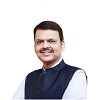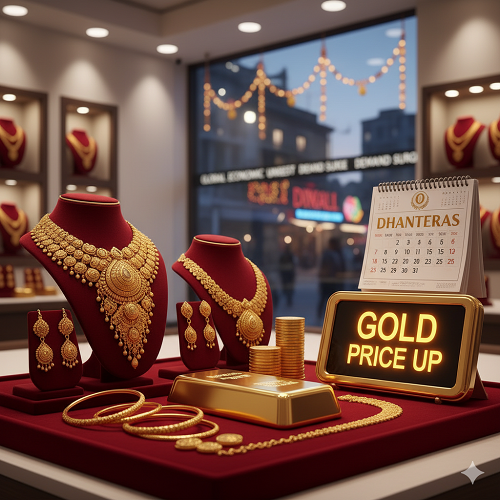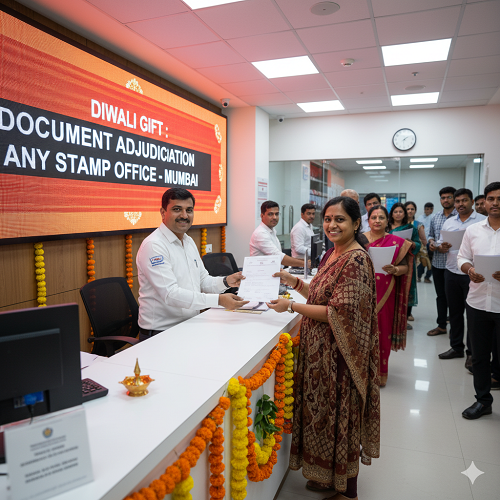
Mumbai Welcomes Festival Season with Shravan Somvar and Nag Panchami Celebrations
Mumbai – With the arrival of Shravan Somvar on July 28 and Nag Panchami on July 29, Mumbai has officially entered its vibrant festival season. The next few months are packed with cultural and religious observances, with every corner of the city echoing devotion, tradition, and community celebrations.
Shravan Somvar: The Sacred Start
In Maharashtra and many parts of India, the month of Shravan (starting July 25 this year) holds deep spiritual significance. Dedicated to Lord Shiva, the Mondays—or Somvars—of this month are especially revered. Devotees fast, visit temples, and perform rituals to seek Lord Shiva’s blessings.
According to Priest Nachiket Kojarekar Bhatt, this period also aligns with Chaturmas, a four-month phase when Lord Vishnu is believed to be asleep (Shayan), leaving Lord Shiva in charge of cosmic duties. “Shravan is known as Shiv Mas because Lord Shiva becomes the center of devotion during this time,” Bhatt explained.
Nag Panchami: Honoring Serpent Deities
On July 29, Mumbai residents celebrated Nag Panchami, a traditional festival where devotees worship snake deities. Temples witnessed long queues as people offered milk, flowers, and prayers to seek protection from evil and gain blessings for health and prosperity. The festival reflects the ancient Hindu respect for nature and its creatures, especially snakes, which are seen as powerful and mystical beings.
Mangala Gaur: A Time for Married Women
Tuesdays during Shravan are marked by Mangala Gaur rituals, especially among newly married women in Maharashtra. These celebrations, dedicated to Goddess Gauri (Parvati), include fasting, prayers, and traditional games. In some regions, Mangala Gaur continues for 16 Tuesdays, representing sustained devotion and blessings for marital happiness.
Narali Poornima to Kickstart Fishing Season
The state’s coastal communities are preparing for Narali Poornima on August 9. This festival signals the end of the monsoon’s fiercest phase and marks the return of fishermen to the sea. Coconuts (naral) are offered to the ocean as a gesture of respect and to pray for a safe and bountiful fishing season.
An Exciting Festival Calendar Ahead
Mumbai is now poised for an exciting series of festivals that span all major religions and communities. From Raksha Bandhan to Ganesh Chaturthi, and from Durga Puja to Diwali, the city will celebrate devotion, family ties, culture, and joy in the months ahead.
Key Dates to Remember:
- July 29 – Nag Panchami
- August 9 – Narali Poornima / Raksha Bandhan
- August 16 – Krishna Janmashtami / Dahi Handi
- August 26 – September 5 – Onam
- August 27 – Ganesh Chaturthi
- September 4-5 – Eid-e-Milad
- September 22 – Start of Sharad Navratri
- September 28 – First Day of Durga Puja
- October 2 – Dussehra / Vijaya Dashami
- October 6 – Sharad Poornima
- October 9-10 – Karva Chauth
- October 17-23 – Diwali Week (includes Dhanteras, Naraka Chaturdashi, Govardhan Puja, Bhai Dooj)
- October 28 – Surya Shashti / Chhath Puja
- December 25 – Christmas
A Spirit of Unity and Diversity
Mumbai’s festivals reflect the city's rich cultural diversity. Streets light up with decorations, processions, music, and communal feasts. Whether it's a local Shiv temple during Shravan, a grand Ganpati pandal in Lalbaug, or a vibrant Dussehra ground in Shivaji Park, every part of the city comes alive with faith and celebration.
Conclusion
As the monsoon nourishes the soil, Mumbai’s spiritual energy is also renewed. With Shravan Somvar and Nag Panchami setting the tone, the city is ready to embrace months of rituals, joy, and togetherness. From coastal traditions to temple festivities and public celebrations, Mumbai proves once again that it’s a city where festivals are not just events—they’re a way of life.



